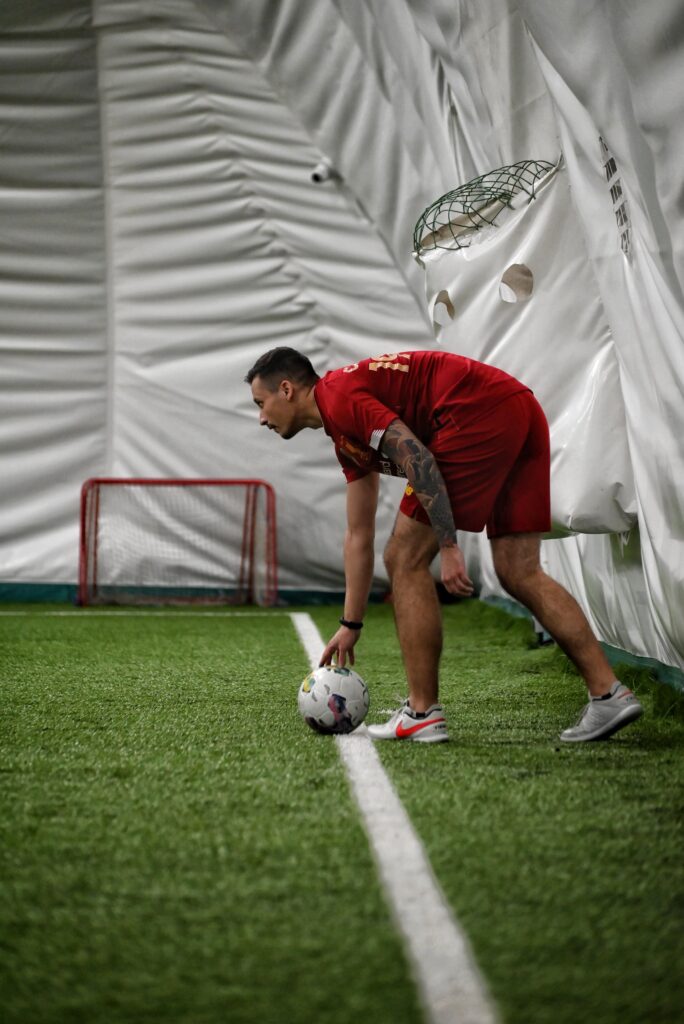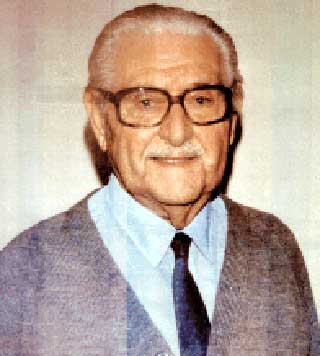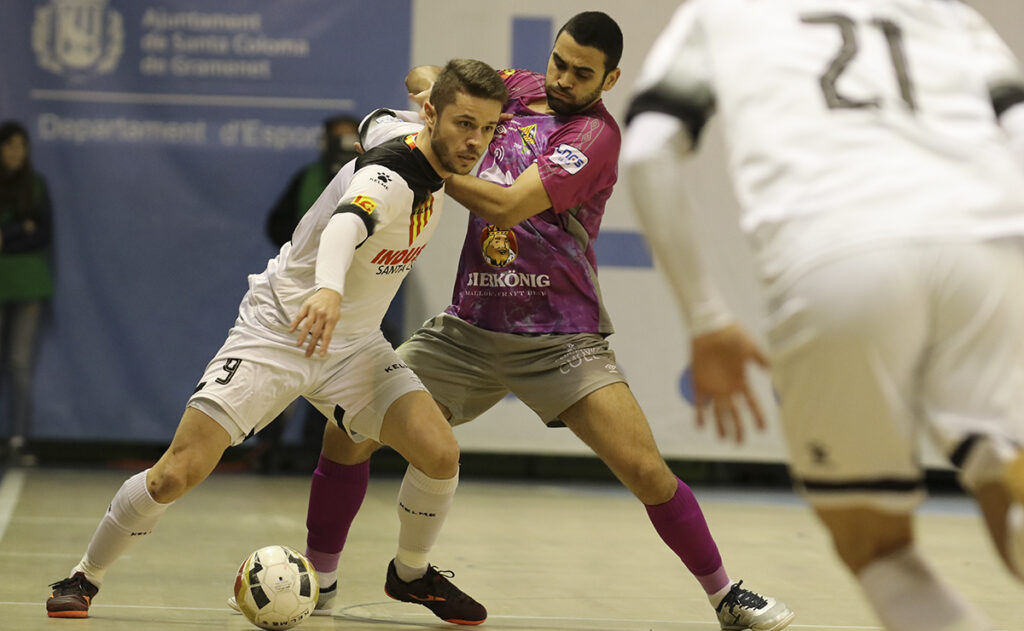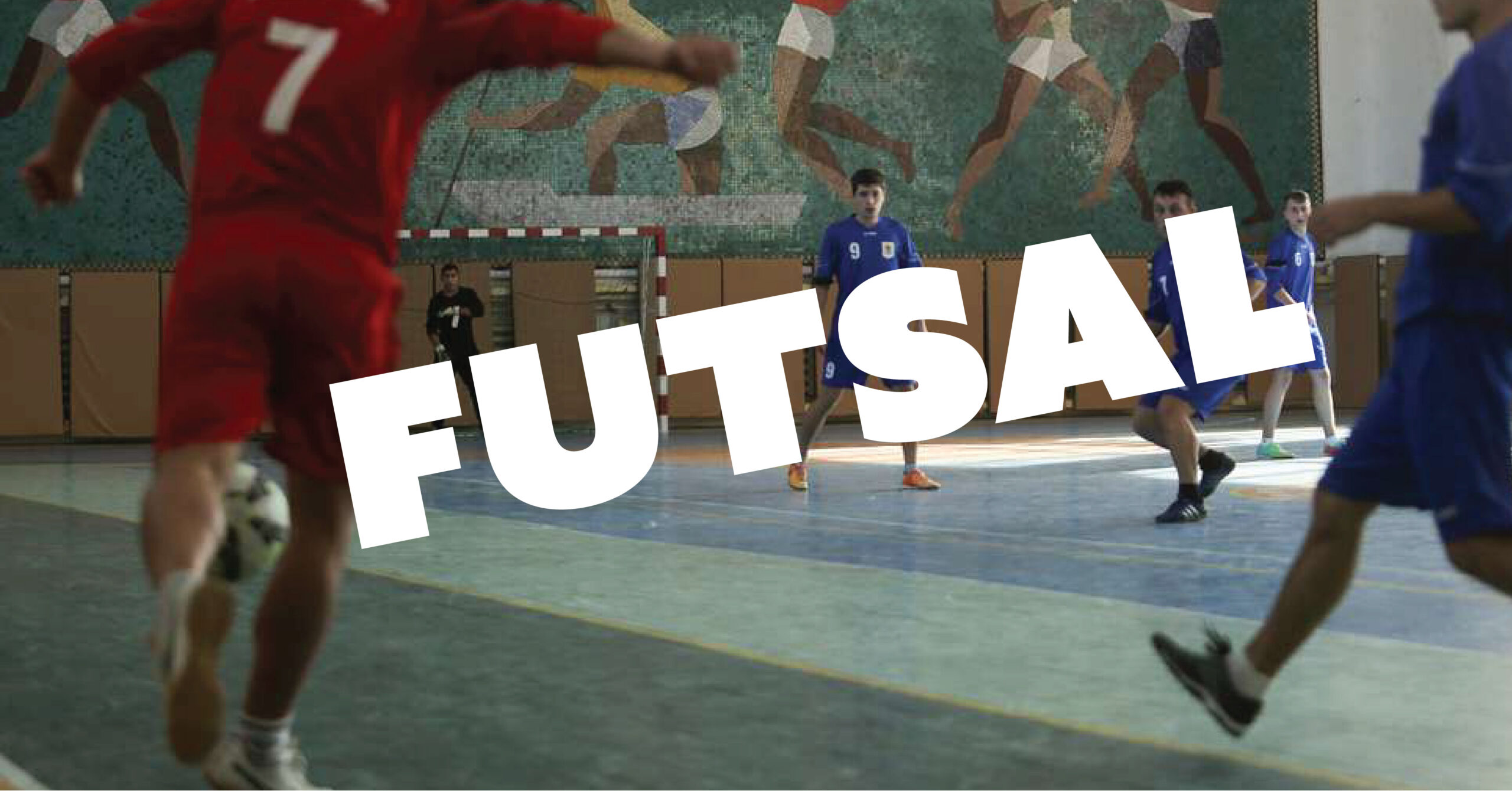Futsal, the direct descendant of traditional soccer, owes its inception to the rapid urbanization and burgeoning cities in the 20th century. As cities expanded, traditional street games faded away, overshadowed by the emergence of larger roads and increased traffic. The rise of digital entertainment, including smartphones and video games, further lured youngsters indoors, leaving a void in the outdoor sports scene, particularly street soccer [2].
Today, we have futsal games going on in gyms, basketball courts, top floor arenas and so on. It enjoys widespread popularity across the globe, and steadily growing in stature. With official rules governing world cups and leagues at every level, it has cemented its status as a beloved pastime. However, its significance transcends mere entertainment. With its simplicity of setup, increased accessibility, and reduced physical demands, it has emerged as a vital tool for coaches in player development.
The game’s confined spaces and rapid pace compel players to think quickly and innovate, fostering a spirit of creativity synonymous with the joy of football. It keeps alive the spirit of street football. Coaches and former players alike hail this aspect as pivotal in skill development, underscoring the unique role the game could play in shaping the stars of tomorrow [1] [2].
Join us as we delve deeper into this fascinating game, and learn how you can incorporate it into your own soccer journey.
Table of Contents
What is Futsal?
Futsal was previously known as Futebol de Salao, translated from Portuguese as “room football”. It is a fast-paced soccer variant played in a smaller spaces, usually indoor. To get a better sense of the size difference from its traditional counterpart – if the game were to be recreated on a full sized soccer field, we’d need 37 players per side. According to Fahey, this kind of game is the closest to recreating street soccer [2].
It is also played with a smaller, heavier ball, promoting intricate footwork, quick decision-making, and precise passing. A hallmark of these balls is their reduced bounce, typically generating 30% less rebound on court surfaces. These balls are often filled with foam to further heighten density and weight. Originally sized at 2 and 3 in South America, FIFA standardized the size to 4 for international play.
Teams consist of five players each, including a goalkeeper, allowing for intense action in a confined space. Surfaces vary from firm concrete, common in European settings, to gym floors or portable tiled surfaces prevalent in major tournaments. Hockey sized goals complete the picture.
Player Positions
Futsal positions vary to fulfill different roles within the team’s strategy. The goalkeeper stands as the last line of defense, tasked with protecting the goal. The primary defender, known as the fixo or cierre (Spanish for closer/stopper), anchors the defensive line, thwarting opponents’ advances. Wingers, also called ala, operate on the flanks, utilizing their speed and agility to create scoring opportunities.
Meanwhile, the central attacker, referred to as pivo or pivot, serves as the focal point of the offense, orchestrating plays and seeking goal-scoring opportunities. Additionally, a player capable of seamlessly transitioning between positions is often dubbed “universal” in Spanish or Portuguese, offering versatility and adaptability to the team’s dynamic needs.
Rules
There are 5 players per team including the goalkeepers, with squads ranging from 12 to 15 players. Most of the rules are designed for a fast-paced, exciting game:
- 20 minute halves
- Rolling substitutions, i.e there are no stoppages for subs
- Players are allowed only 4 seconds to do a kick-in, or even free kicks
- Goalkeepers are not allowed to control the ball for more than 4 seconds
- The clock is stopped every time the ball is out of play (like hockey and basketball), discouraging time wasting
- No throw-ins, players are supposed to kick-in from the touchlines instead. This way players are able to restart a game very quickly, using creative means

- Goalkeepers cannot touch the ball after releasing it, unless they’re in the opposition half, or the opponent touches the ball.
- Red cards work differently – the player is sent off for 2 minutes, or until a goal is scored
- A ‘long penalty’ (10 meters from the goal) is awarded when a team commits more than 5 fouls in a half. This discourages fouls and keeps the ball in play longer
- No offsides
Brief History
Futsal has its origins in 1930s South America. It was the brain child of a professor Jean-Charles Ceriani Gravier, in the football-crazy city of Montevideo in Uruguay. It stemmed from a rising demand for football, at the back of Uruguay’s first ever World Cup win in 1930, against rivals Argentina. He devised the first ever loose set of futsal rules by combining four sports: football, water polo, basketball and handball [2].

The innovative concept quickly found fertile ground in another football-adoring nation: Brazil. Here, it underwent further refinement and surged in popularity. Renowned Brazilian icons such as Pele, Zico, Rivelino, and Romario honed their exceptional skills through futsal during this transformative era [9].
FIFUSA: Pioneering Global Reach
The Federacion Internacional de Futbol de Salon (FIFUSA) was formed soon after in 1971 in Sao Paulo, Brazil. They had a clear mission: to standardize mini-soccer regulations and orchestrate its organization. This landmark initiative served as the catalyst for the emergence of international tournaments and the exponential growth of the games popularity [2]. FIFUSA was officially taken over by FIFA in the 1980s.
Today we have FIFA Futsal World Cups [8] and UEFA Euro [7] tournaments every two years. Portugal claimed the most recent World Cup title in 2021, yet it’s Brazil’s dominance that has defined the tournament’s narrative, with the nation securing victory in five out of the last nine editions.
Futsal in the USA
The United States has a history of indoor soccer, going back to 19th century. The legendary coach Anson Dorrance credits futsal as one of the key reasons for the success of the women’s teams – who have dominated the soccer scene since the 90s.
He had led them to the very first women’s World Cup in 1991 with some revolutionary coaching techniques. Central to his approach was integrating this mini-soccer game into their training regimen, a strategy that proved instrumental in honing the players’ technical prowess. Players like Mia Hamm and Kristine Lilly became “masters of the ball” under his tutelage [2].
Breeding Ground for Football Superstars
Futsal has served as a formative training ground for numerous modern football icons, including Cristiano Ronaldo, Lionel Messi (who honed his skills on the streets of his hometown, Rosario, Argentina), Andres Iniesta, and Coutinho. In South America, modern footballing legends such as Ronaldinho, Robinho and Falcao, began their illustrious careers in the indoor game before transitioning to the football pitch. Emilio Miranda, Sao Paulo University’s soccer professor, credits indoor football for Brazil’s collection of dazzling skilled players over the last century [2].
Even here in the USA, the indoor game has left its mark on rising talents. Christian Pulisic, for instance, was introduced to futsal at a young age by his father, Mark Pulisic, a notable figure in indoor soccer himself. Let’s delve into how this game can enhance skill development and contribute to players’ overall growth and proficiency.
Skill development
Roberto Martinez attributes the success of Spanish players like Santi Cazorla, Juan Mata, and David Silva in England to their background in futsal. Despite their smaller physical stature, these players have thrived, showcasing the effectiveness of the game’s skill development.
In 2021, FIFA instructors Graeme Dell and Miguel Rodrigo conducted a scientific analysis during the Arab Cup. Their “Technical Study Group” delved into various statistics, including passes and dribbles, ultimately affirming that “futsal can contribute in a unique way to wider player development across the football family” [2].
Futsal requires you to think and play fast. It makes everything easier when you later switch to football
Pele [2]
So what are some of the ways this game helps in developing ones skills?
- Restrictions necessitate innovation. If football was prose, futsal would be poetry.
- According to Fahey, one of the signature techniques is the rolling of the ball with the sole of the foot for increased ball control [2]

- Players and ball move quickly, promoting quick decision-making skills
- Players have to play within marked lines, hence shielding and screening are critical skills
- Allows for a lot more repetition – any player touches the ball on average 80 times or every 29 seconds whereas a football player touches the ball on average 30-40 times
- With an increased number of ball touches, players refine their ball control abilities, navigating tight spaces under constant pressure
- Ball also stays close to the feet due to reduced bounce
- This continuous interaction fosters a deep connection with the ball
- Development of two vs two scenarios – encouraging the need to know how to defend as well as attack
- Rules discourage tactical fouls, hence promoting accurate tackles
Advantages
Peter Sturgess notes the declining prevalence of pickup games in the UK, underscoring the significance of futsal in filling this gap [1]. The game has many advantages over traditional soccer:
- Its inherent fun and enjoyable nature provide a platform for the expression of creativity, particularly through informal pickup games.
- This accessibility encourages increased engagement, especially among children, who are drawn to its dynamic and engaging gameplay.
- The ease of organizing games without the need for coaches further enhances its appeal.
- Players are forced to make high level decisions and problem solving because it is so fast
My subsequent two decades of experience as a football and futsal coach and mentor has rammed home just how important the power of play is to the enjoyment and fulfilment of any endeavor.
Jamie Fahey [2]
FAQ
Is Futsal and 5-a-side the same?
No, there are some differences. Futsal is demarcated with lines, where as 5-a-side is played against walls.
How many people play futsal in the world?
It is estimated that about 12 million people in the world today enjoy this game [3]
Are futsal balls smaller?
Yes, FIFA uses size 4 balls. It can be played with size 2 and 3 balls as well.
Can futsal be played on turf?
It is possible to adapt the game to be played on turf fields. This adaptation may require modifications to equipment, such as using a different type of ball suitable for turf surfaces, and adjustments to gameplay to accommodate the different playing conditions. However, the core rules and principles remain the same, regardless of the playing surface.
When was futsal invented?
1930s in South America
Who invented futsal?
It was not invented by a single individual, but rather evolved over time through various influences and contributions. However, one key figure often credited with formalizing the sport is Juan Carlos Ceriani, an Argentine teacher, who is said to have devised a version of the game in 1930.
Why is futsal important?
Many coaches and players alike have stressed the indoor game as a very useful tool in developing football players. Not only that, it also entertaining as a sport in itself.
Can futsal be played with walls on the sides?
No, that would be indoor soccer. This version of mini-soccer uses demarcated lines which forces players to play in tight spaces.
How big is a futsal Court?
The court is usually hard on surface but varies depending on the quality of its surface, usually made of artificial material.
Court Size – International Standard
Length: 38 – 42 m
Width: 20 – 25 m
What does rolling substitutions mean?
Players can be substituted on and off the field at any time during the game, without needing to stop the match. Unlike traditional substitutions in sports like soccer, where substitutions are typically limited to specific stoppages in play, rolling substitutions allow for a more fluid and continuous game flow.
Is Futsal only for boys?
No, it is open to individuals of all genders and ages. While historically male-dominated in certain regions, the sport has been increasingly inclusive, with growing participation from female players around the world. It provides an excellent platform for both boys and girls to develop their skills, compete, and enjoy the game.
References
- Book: Training, Technique and Tactics Futsal by Peter Sturgess – former head coach of England Futsal squad
- Book: Futsal by James Fahey
- United States Youth Futsal https://www.usyouthfutsal.com/about-futsal
- Futsal online course https://university.unitedfutsal.com/course?courseid=futsal101
- https://naffusa.com/historical-futsal/
- https://naffusa.com/benefits-of-futsal/
- UEFA https://www.uefa.com/futsalworldcup/about/
- FIFA https://www.fifa.com/tournaments/mens/futsalworldcup
- ESPN https://www.espn.com/soccer/story/_/id/37368888/futsal-role-defining-brazilian-football
